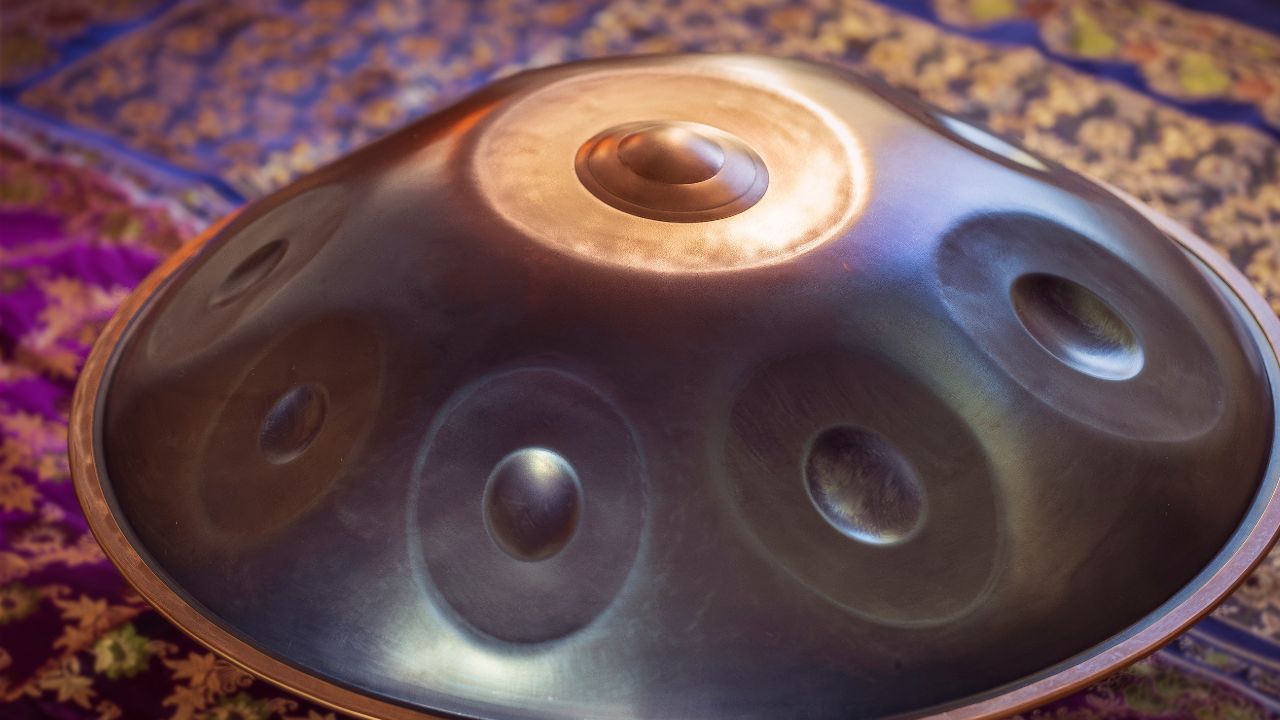The handpan is truly an enchanting, steel pitched instrument for creating deep, eloquent sound patterns. It has become much easier to find a handpan, but it can be an individualized process. To select a handpan for playing, one has to know basics like what scale to select, what material is to be preferred, quality, and the cost involved.
Below are some of the key tips that will aid you in finding the right handpan for you. Visit https://www.cosmoshandpan.com/ for premium quality handpans.
Some Key Tips To Help Guide You In Selecting The Handpan
1. Understanding the Basics of Handpan Scales
When choosing a handpan, the scale is essential, defining its notes and mood. Major scales (like D Major) evoke happiness, while minor scales (such as D Minor or Amara) produce a melancholic feel. Beginners often prefer simpler scales with fewer notes, while experienced players may explore unique, exotic scales for greater tonal variety.
2. Selecting the Number of Notes
Handpans also traditionally have from seven to twelve-tone fields. Fewer notes are more convenient for starting learning because there is less hard data and more accents on the tones. On the other hand, expert musicians may prefer the handpan with many notes because of musical flexibility. The extra keys can give an extended range for creating complex lines to accompanying motifs and rhythms, which makes it suitable for experienced musicians.
3. Selecting Quality Workmanship
Handpans are not mass-produced, and as such, their quality is very inconsistent. Thus, craftmanship remains very important regardless of the level of the musician. High-quality handpans offer rich resonance with minimal “cross-talk” (unintended sounds when notes are struck). Choosing reputable makers ensures expertise and durability. Although pricier, high-quality handpans provide a superior playing experience, making them a worthwhile investment.
4. Considering Materials and Build
Handpans are available in nitrided steel or stainless steel. Several of the hand pans in this category are formed from nitrided steel and coated with a protective film, which does not allow the formation of rust and imparts a slightly warmer and softer tone. While stainless steel handpans have a bright sound and do not rust, perfect for playing in places with humidity or when playing in concerts. The decision on which material to use is much dependent on individual preference and where you will be using the particular material.
5. Setting a Budget
Handpans are not cheap and can cost between a thousand bucks to over three thousand dollars for a quality design. If you are a complete novice, then you should make up your mind and figure out how much you are willing to risk initially. There are lower prices on handpans, but such handpans can be of very poor quality, and they may not last long. Advanced players may also wish for better-sounding and durable handpans for the price. However, newcomers also do not necessarily have to go for low-quality handpans if they know where to look.
6. Testing Before Purchasing
Last but not least, if possible, attempt to do a physical examination of the handpan before buying it. Feeling the instrument and hearing some of the special tones can be the most informative part. Perhaps it is not possible to purchase in person, but most of the dealers record high-quality video sound samples of each individual handpan.
Final Thoughts
Selecting a handpan is a personal journey, blending both artistic and practical considerations. For beginners, simpler scales, fewer notes, and a manageable budget are key. Experienced players may focus on craftsmanship, material choice, and scale variety to suit their advanced skills. With these tips in mind, you can confidently choose a handpan that complements your musical aspirations, whether you're just starting or expanding your sound.


